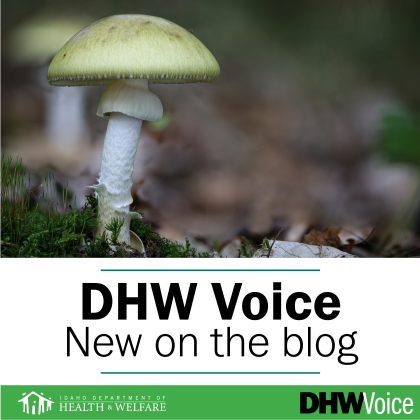Death cap mushrooms (Amanita phalloides), the world’s deadliest mushrooms, have been spotted again in Boise and reported to the Idaho Division of Public Health. These mushrooms closely resemble edible varieties such as paddy-straw mushrooms or puffballs, making them especially dangerous. Ingesting as little as half a cap can kill an adult, and a small bite can be fatal for pets. Cooking does not neutralize their toxins.
Symptoms and risks
Poisoning symptoms may appear six to 24 hours after ingestion and include violent vomiting, abdominal pain, and profuse watery diarrhea. After several hours, symptoms may subside, creating a false sense of recovery. Within days, severe complications can develop, including jaundice, liver and kidney failure, coma, and death. Prompt medical treatment is critical to survival and may prevent the need for a liver transplant.
What to do in case of exposure
Never eat a wild mushroom unless it has been identified by an expert. If you or a child has eaten an unidentified mushroom, call the poison center at 800-222-1222, contact your healthcare provider, or go to the emergency room immediately. For pets, call the ASPCA Animal Poison Control Center at 888-426-4435 or contact a veterinarian. The rule of thumb: when in doubt, throw it out.
Managing mushrooms at home
Death cap mushrooms often grow near imported trees in gardens, parks, and urban settings, and can spread to wild areas. In other regions, they appear in late summer through December, though Idaho’s seasonal risk is unknown. If found in your yard, remove them before mowing by plucking low on the stalk. Wear gloves to avoid soil contaminants, wash hands afterward, and dispose of the mushrooms in the garbage. Do not compost them or place them in wood chip containers. Clean and disinfect garden tools used around affected trees. Spraying will not eliminate the mushrooms toxins.
Tracking and identification
Residents can help monitor the spread by submitting photos to iNaturalist.org. Suspected sightings can also be reported to the Idaho Mushroom Club at info@idahomushroomclub.org. More information is available from the Southern Idaho Mycological Association (https://idahomushroomclub.org ) and the North Idaho Mycological Association at https://www.facebook.com/IdahoWildMushrooms/
Host trees
Death cap mushrooms have a close relationship with certain trees. On the West Coast, death cap mushrooms have been linked to several tree species that also grow in Idaho, including hornbeam, sweet chestnut, filbert, Pacific beaked hazelnut, beech, pines, Douglas fir, Garry oak, English oak, northern red oak, and linden. Keep a look out for death cap mushrooms around older trees of these species, especially if they were imported to Idaho.
The Idaho Department of Health and Welfare is dedicated to strengthening the health, safety, and independence of Idahoans. Learn more at healthandwelfare.idaho.gov.

Join the Discussion
Please note the following terms of participation in commenting on the DHW Voice blog.
To ensure a productive discussion you agree to post only comments directly related to this post and to refrain from posting obscenities; threatening, abusive or discriminatory language; sexually explicit material; and other material that would violate the law if published here; promotional content; or private information such as phone numbers or addresses. DHW reserves the right to screen and remove inappropriate comments.